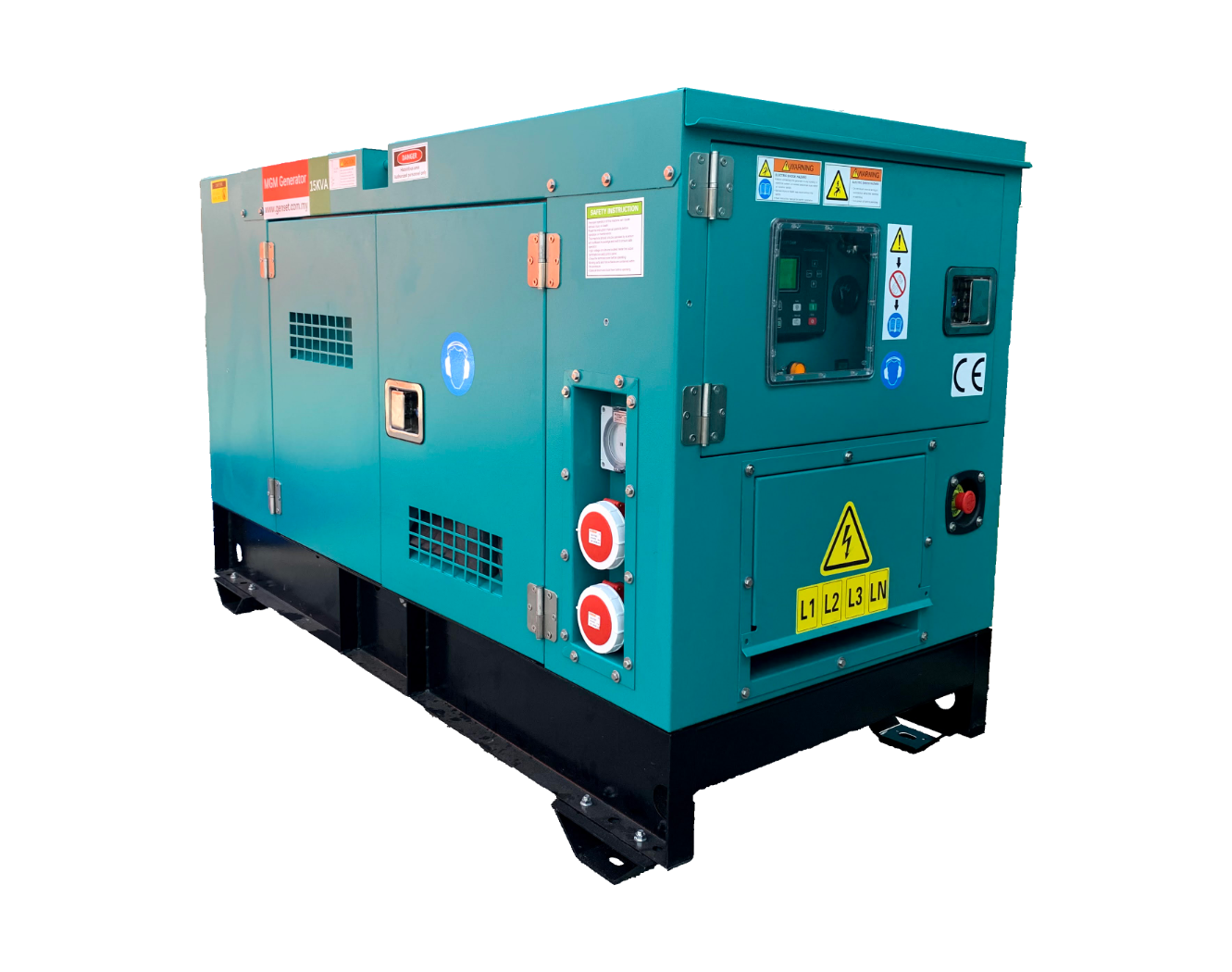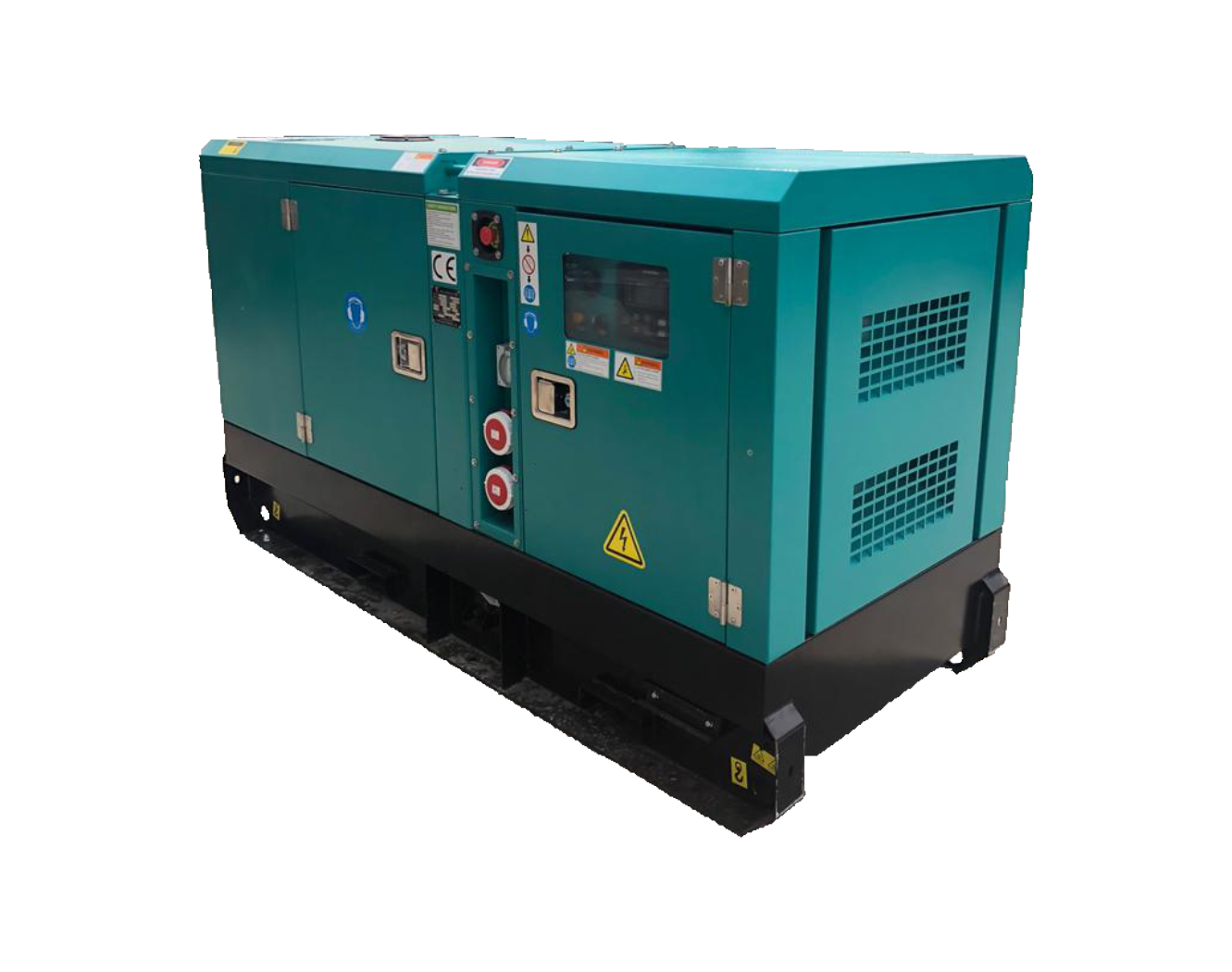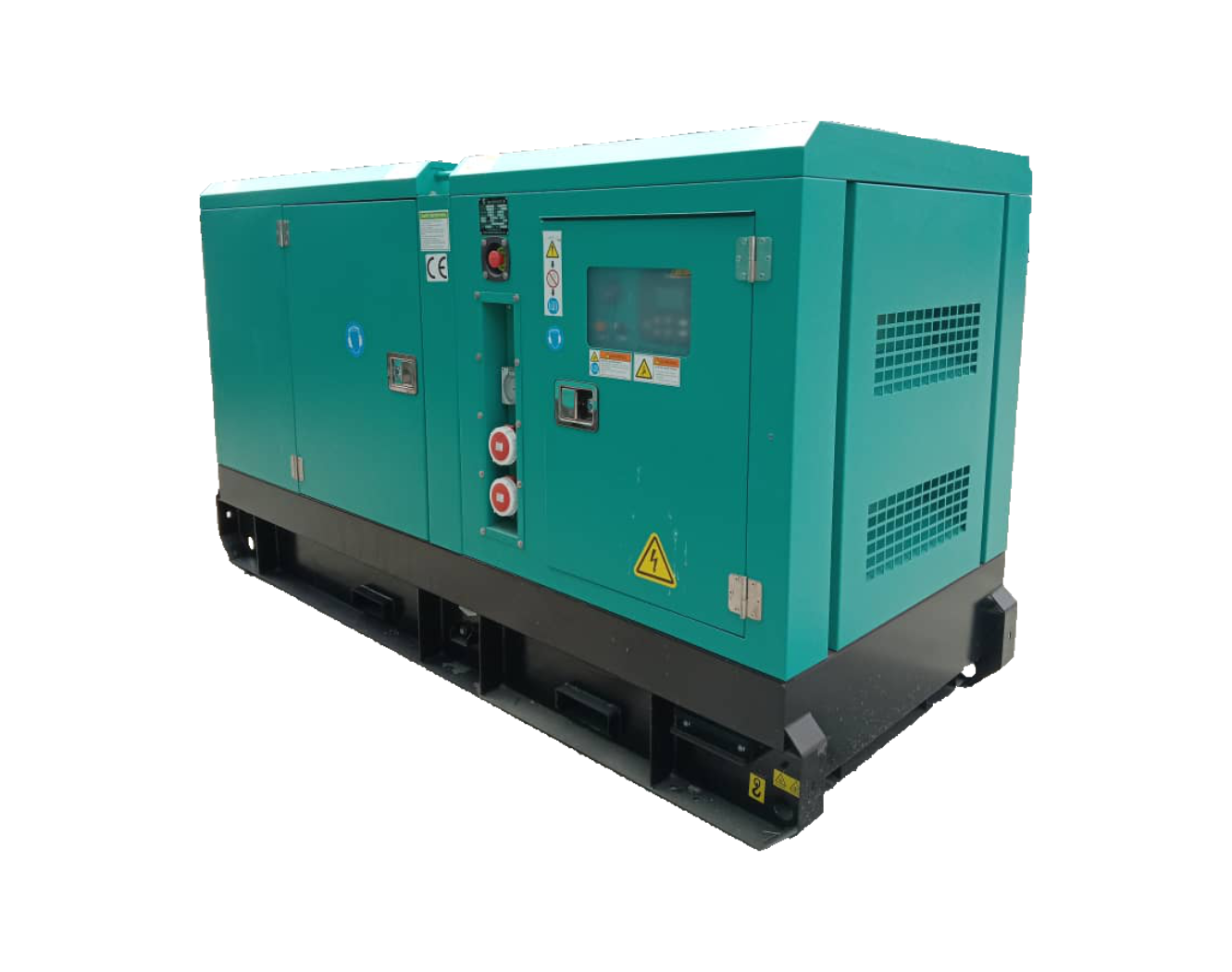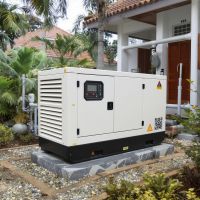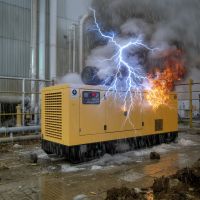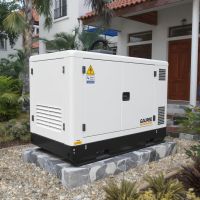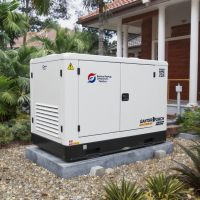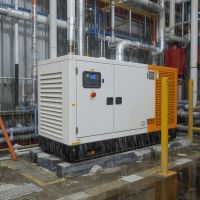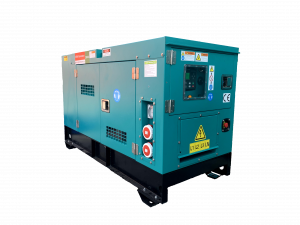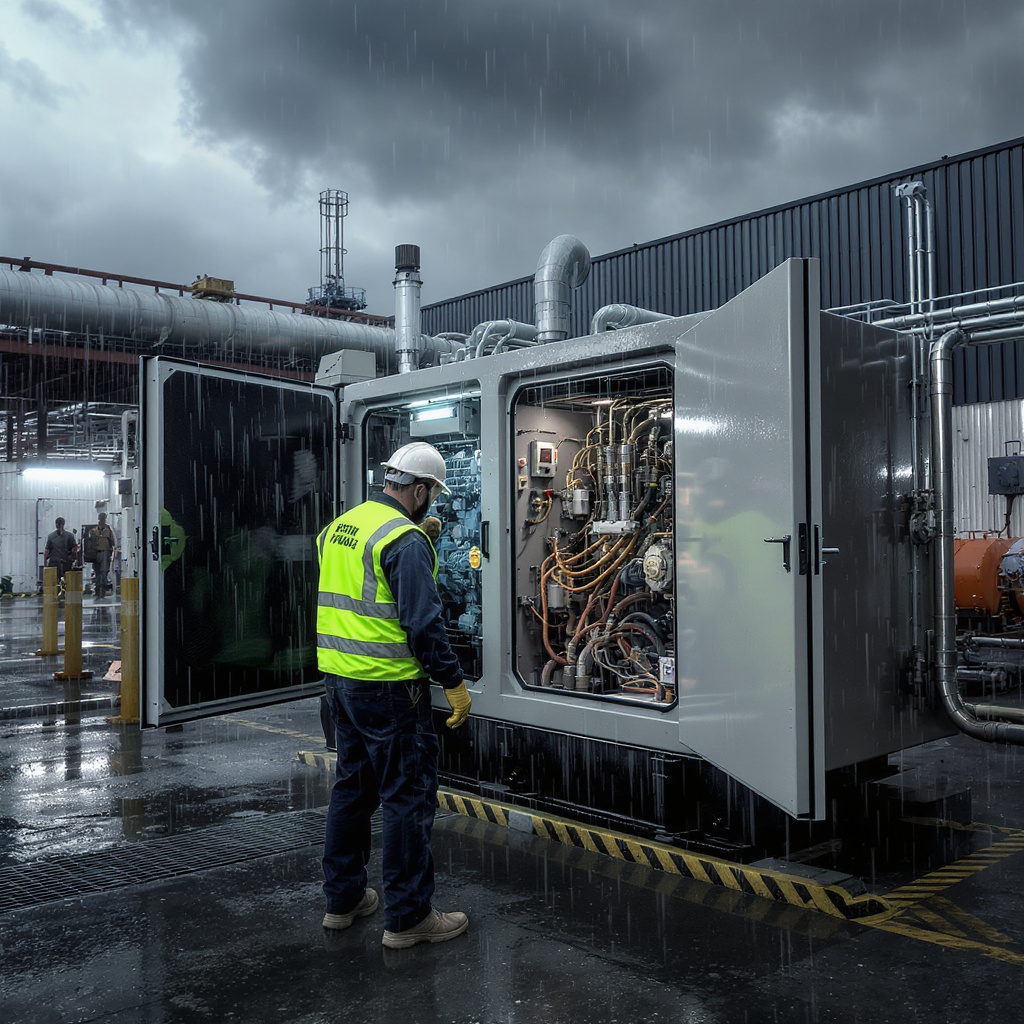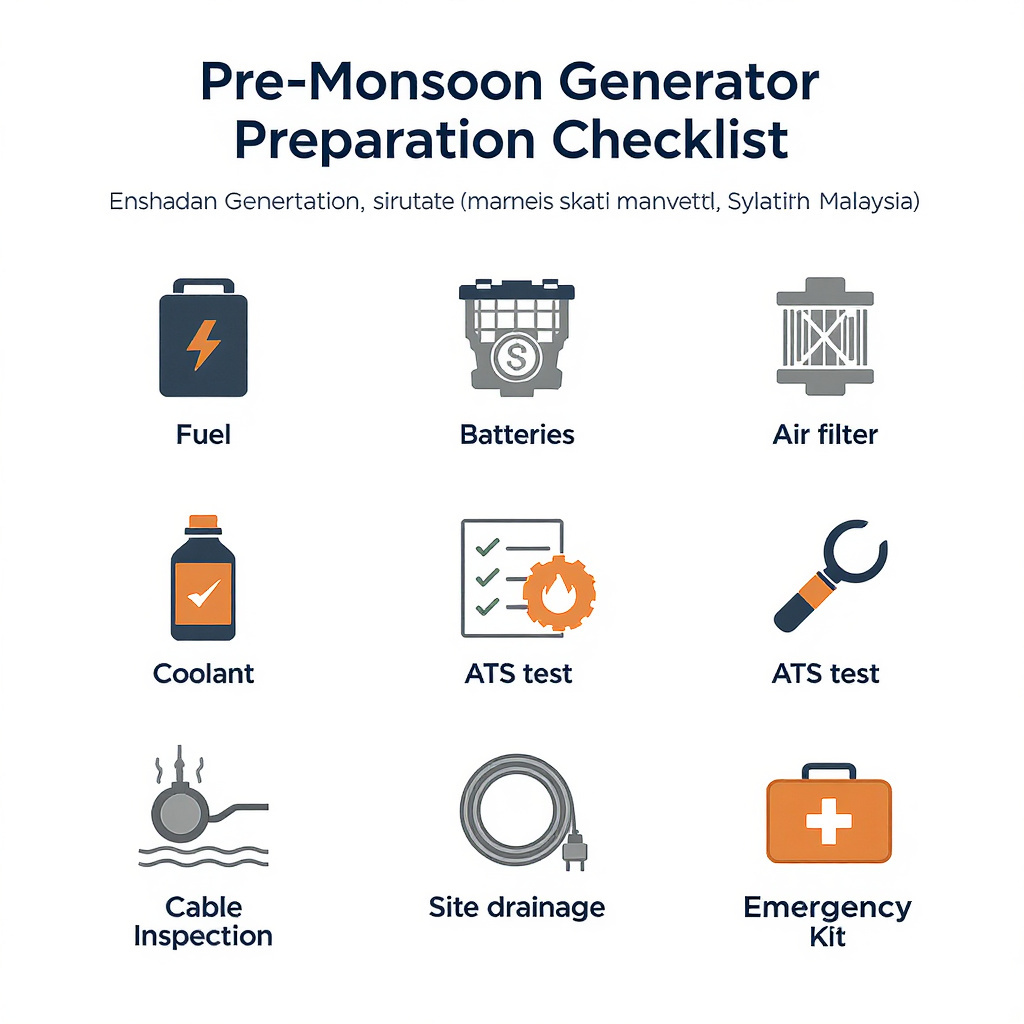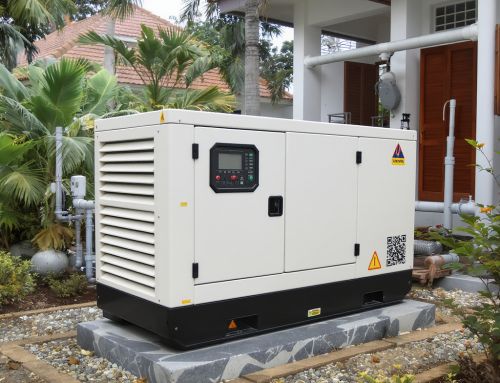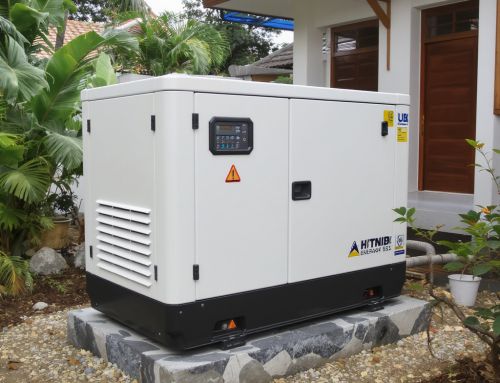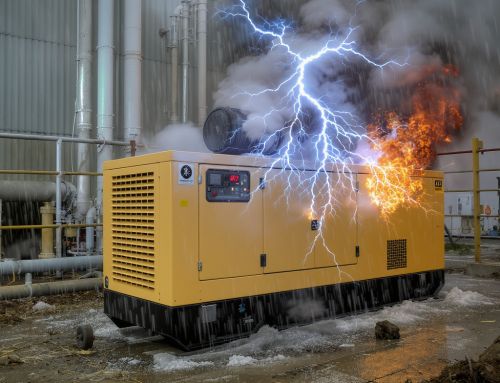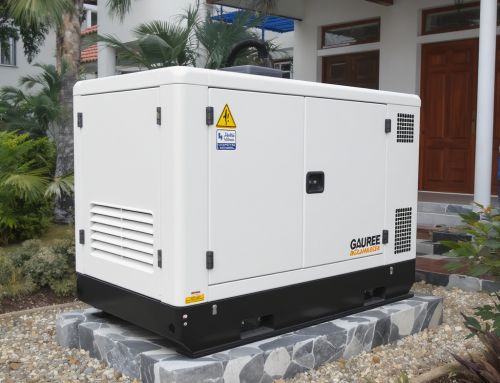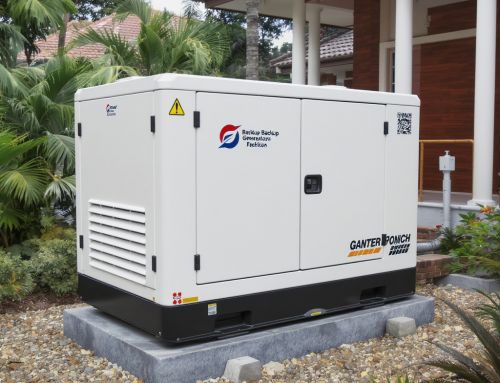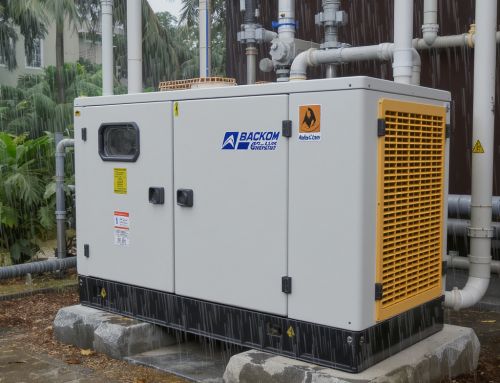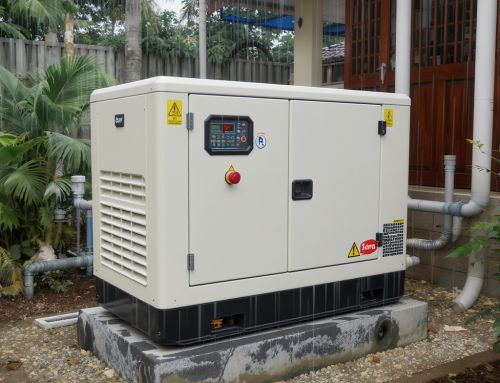How to Prepare Your Genset Before Monsoon & Storm Seasons in Malaysia
Malaysia’s monsoon brings heavy rain, high winds, and unpredictable grid instability. If your home, business, or industrial site relies on a generator, a pre-monsoon readiness plan can be the difference between seamless continuity and costly downtime. In this guide, we outline a practical, step-by-step checklist to get your genset ready—so you can stay powered, safe, and efficient when storms roll in.
1) Conduct a Full Visual and Electrical Inspection
Start with a thorough walkaround. Check for leaks, corrosion, loose fasteners, and frayed cables. Inspect the control panel for fault logs or alarms. Verify that all safety guards and access panels are secure. If you operate an ATS (Automatic Transfer Switch), perform a simulated transfer test to confirm response times and restoration. For commercial sites, consider thermographic scanning for hotspots in cables and switchgear.
2) Fuel System: Quality, Quantity, and Contamination Control
Monsoon humidity accelerates fuel degradation. Ensure diesel tanks are filled to minimize condensation. Test and polish fuel if it’s been stored longer than six months. Replace fuel filters and drain water separators. Label delivery points and ensure spill kits are accessible. For long outages, calculate minimum run hours and confirm resupply contracts.
3) Cooling, Lubrication, and Filtration
High ambient humidity plus heavy loads can stress engines. Top up coolant with the correct mix and inspect hoses for bulges, cracks, or loose clamps. Change oil and oil filters according to hours run or OEM schedule—don’t push intervals before a storm season. Swap air filters if restriction indicators are high; heavy rain can mobilize dust and debris.
4) Battery Health and Starting Assurance
Weak batteries are a leading cause of start failures. Test voltage, cold cranking amps, and perform a load test. Clean terminals, apply anti-corrosion spray, and verify charger float settings. For mission-critical applications, consider dual redundant start batteries with isolation.
5) Site Drainage, Placement, and Weatherproofing
Flooding is a monsoon risk. Confirm the genset pad is elevated and drainage channels are clear. Inspect weatherproof canopies, louvers, and seals. Ensure air intakes and exhaust outlets are free of obstructions and not facing prevailing flood pathways. Keep critical spares and a weatherproof emergency kit on hand.
6) Load Testing and Capacity Validation
Schedule a controlled load test to confirm the generator can support your critical loads. Validate that your sizing still matches your current equipment—many facilities expand over time. If you’re unsure of capacity, explore right-sized options like the 30kVA MGM Generator or scale up to the 100kVA MGM Generator (Mark 12) for larger sites.
7) Smart Monitoring and Remote Alerts
Install telematics for fuel levels, run hours, battery status, and alarms. Remote alerts help you act before minor issues become shutdowns. Integrating with battery energy storage can buffer loads and improve fuel efficiency during outages.
8) Safety Protocols and Staff Readiness
Brief your team on emergency procedures and lockout/tagout. Assign roles for refueling, monitoring, and post-storm inspections. Keep contact lists updated and ensure PPE, spill kits, and fire extinguishers are accessible.
Your Monsoon-Ready Partner
Preparing early means fewer surprises and safer operations. If you need help with inspections, load testing, or sizing, our team is ready. Explore models in our online shop, or reach out for tailored guidance. Call us at +60129689816 or email genset@genset.com.my. You can also contact us here for a pre-monsoon assessment.

